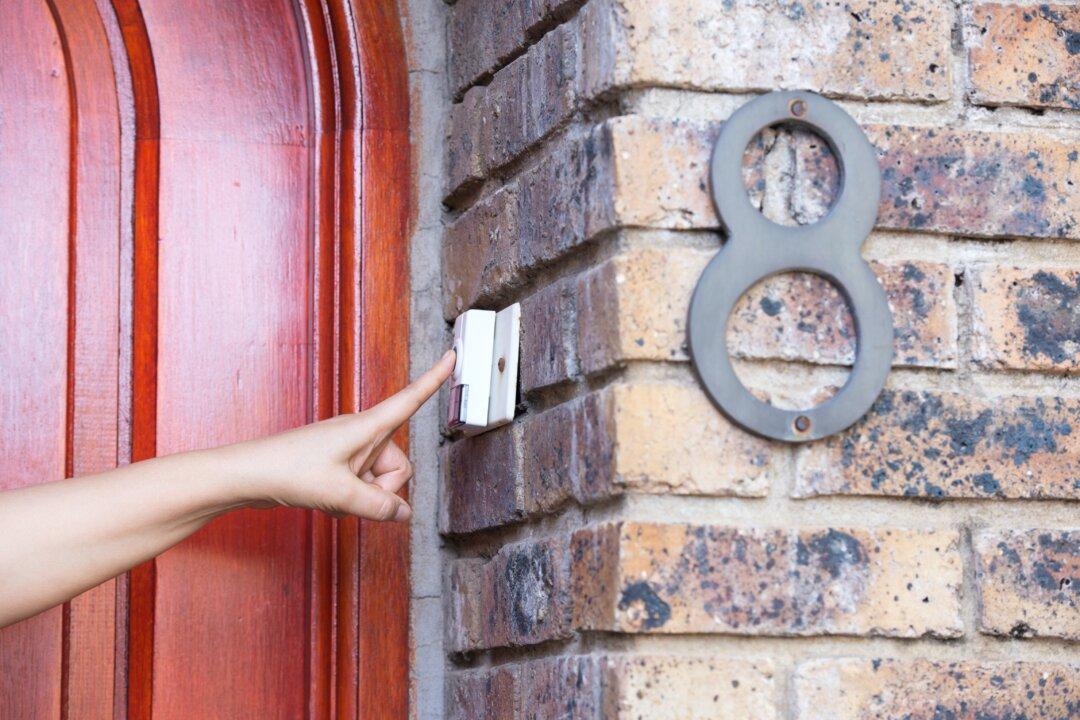Dear James: When I am on the back deck or even sometimes in my kitchen in our big house, I have trouble hearing the doorbell ring. Can I add another ringer to the doorbell?—Keith S.
Dear Keith: Even in a smaller house, it can be difficult to hear the doorbell chime (technical term for ringer) when you are involved with other activities or many people are talking. Multiple doorbell chimes can be attached to any standard system and located on each floor or even on your deck.





